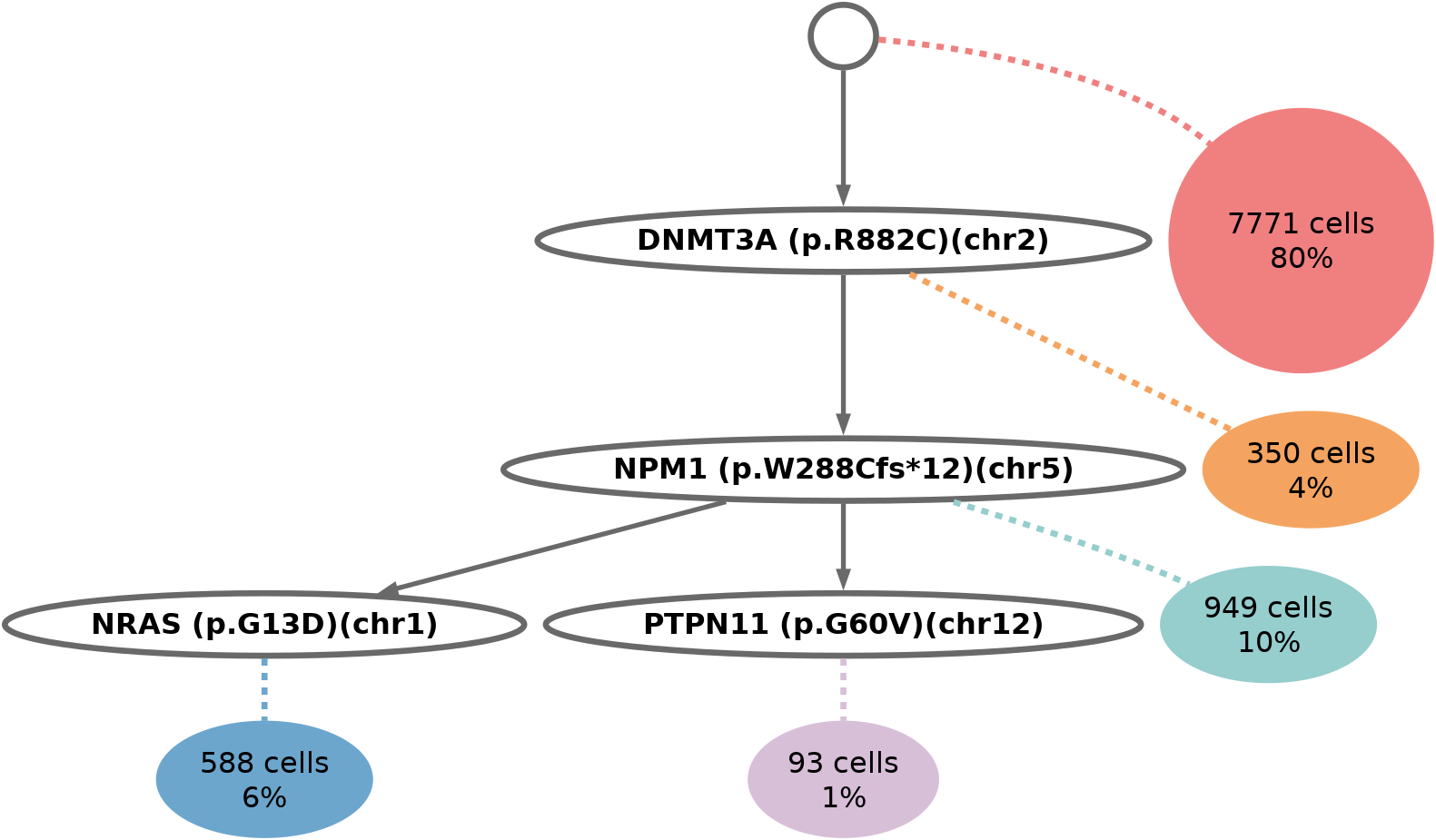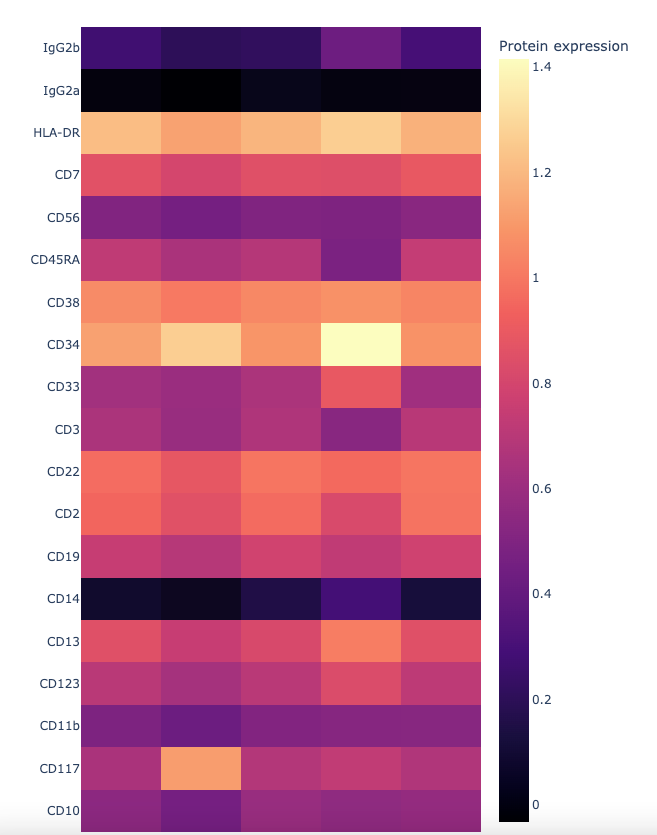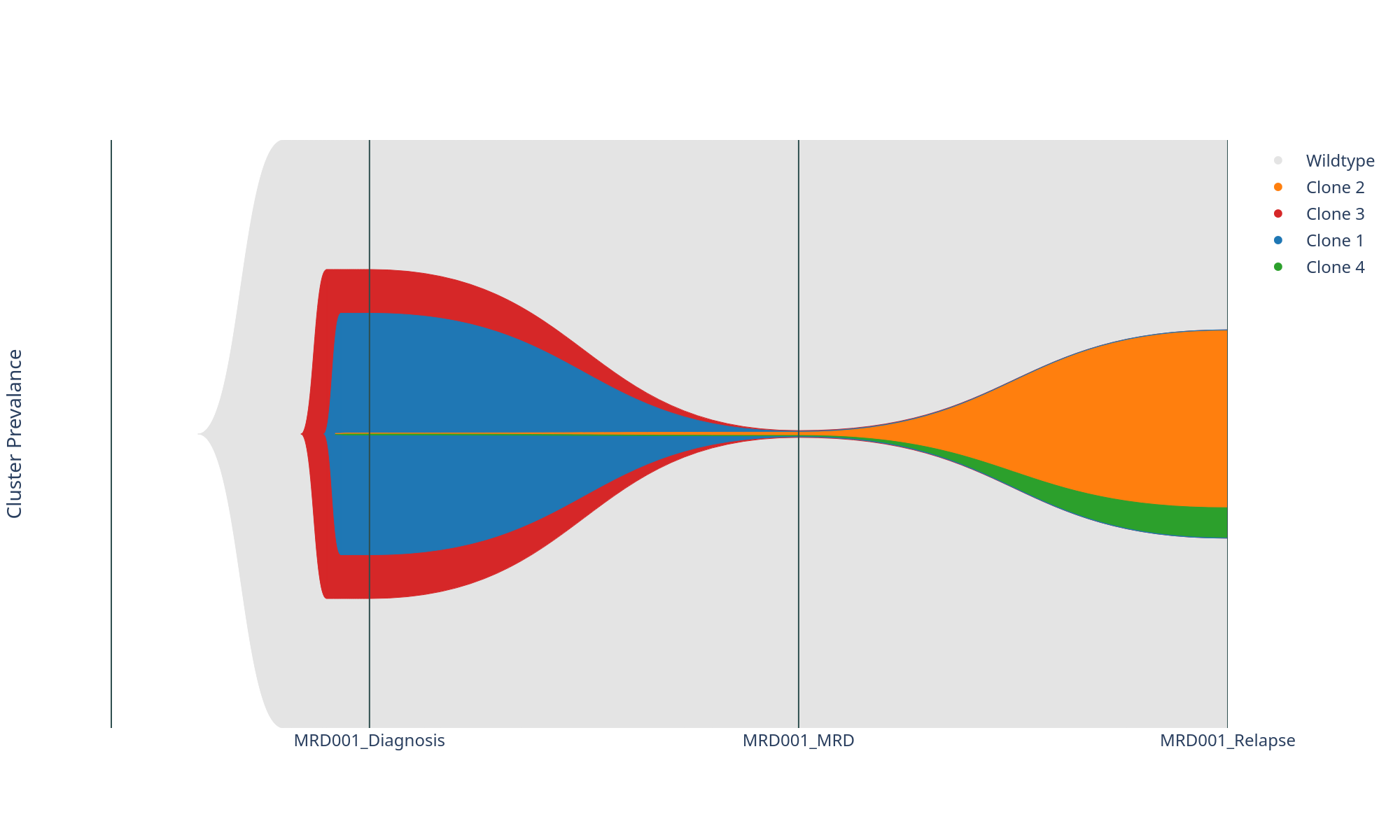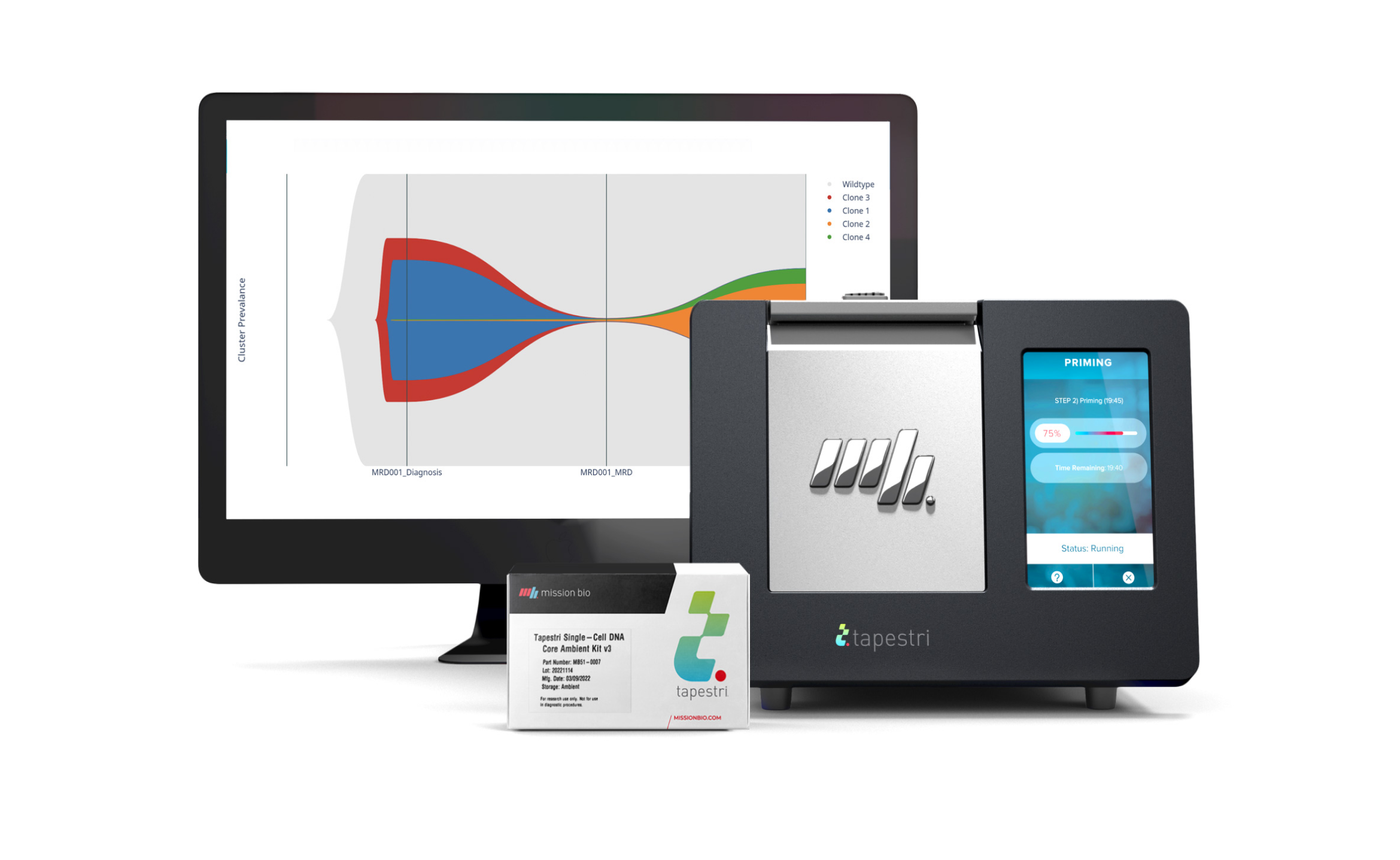

The Tapestri Single-cell Measurable Residual Disease (scMRD) Multiomics Assay for Acute Myeloid Leukemia (AML) is the only solution that simultaneously conducts the genotypic and immunophenotypic assessment of AML MRD across thousands of individual cells, providing clonal insight in tandem with immunophenotype from rare residual disease cells. These high-resolution, integrated molecular profiles bring unprecedented clarity to the complex biology of AML MRD, powering crucial biomarker insights.
The complexity of leukemia clonal architecture and the genotypic and phenotypic drifts during treatment explain why more than half of patients in remission could relapse. Addressing these with single-cell multiomics enables you to go beyond a binary MRD readout to gain crucial biomarker insights.






The heterogeneity and dynamism of AML clonal architecture pose a challenge for MRD monitoring. Yet, MRD assessment is crucial for prognosis, as MRD positivity post-remission indicates a higher relapse risk. Conventional single-analyte methods like flow cytometry and PCR are unable to detect the immunophenotypic or genotypic changes arising during treatment. While error-corrected NGS offers highly sensitive detection of residual cells and simultaneous evaluation of many genes, it cannot differentiate true AML from precursor clones, leading to false-positive results. Even when combining these assays to achieve clinical utility, integrating data from different modalities remains challenging.

P.J.M. (Peter) Valk, PhD, Principal Investigator at Erasmus MC
Independent Mission Bio Platform User
Contact us to begin your evaluation.
For Research Use Only. Not for use in diagnostic procedures.
